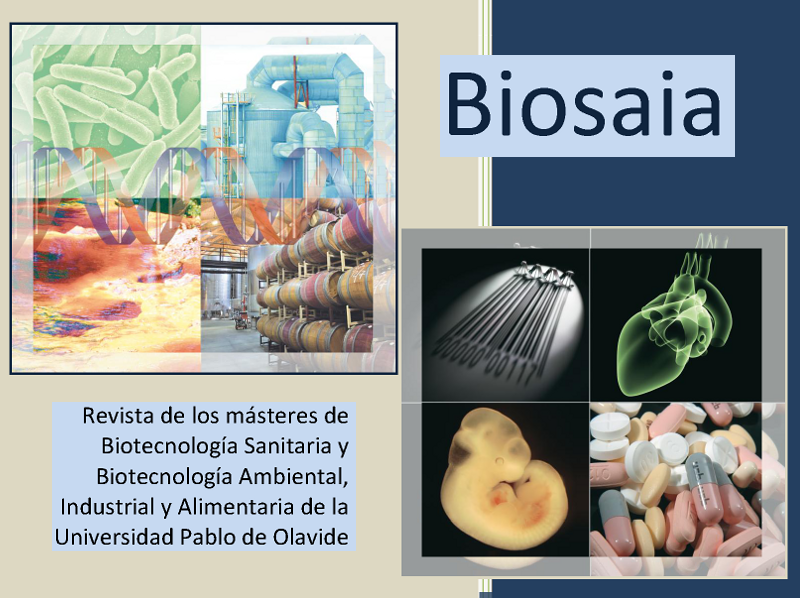New strategies to find chromatin silencers in the pathogenic fungus Ustilago maydis
Palabras clave:
Pathogenesis; Heterochromatin; Effectors; SilencingResumen
Ustilago maydis is a smut fungus that infects maize, causing tumors, stunted growth and consequently reduced yields leading
to economic losses [2]. A key aspect of the pathogenic development of U.maydis is the action of effectors, which are secreted
virulence factors with principal roles in plant defense suppression and host's metabolism alterations. Many genes encoding
effector proteins are grouped in silenced clusters in the genome highly induced during infection. It has been shown that
introduction of resistance marker genes with high expression promoters in these clusters de-repress the surrounding region of
the insertion point [3]. Consequently, it is suggested that these clusters are subjected to chromatin silencing. However, U. maydis
lacks the canonical factors involved in chromatin silencing. The main purpose of this project is to find regulators that control the
silencing state of these regions. To achieve this goal we are going to perform a screening in a U.maydis strain harboring an
antibiotic resistant marker gene inside a silenced cluster. In order to do this strain, we decided to introduce in one of these
clusters an antibiotic marker that will be controlled by an endogenous promoter followed of a different resistance marker gene
with a high expressed promoter that will disturb the silencing of the region of insertion. Once we obtained this strain, we restored
silencing by removing the high expressed gene, which is flanked by two direct repeat sequences, expressing the flippase
recombinase [1]. We are currently performing the first steps of the mutagenesis assay using the recently generated strain.
Descargas
Citas
Khrunyk, Y., Münch, K., Schipper, K., Lupas, A. N., & Kahmann, R. (2010). The use of FLP‐mediated recombination for the functional analysis of an
effector gene family in the biotrophic smut fungus Ustilago maydis. New Phytologist, 187(4), 957-968.
Mendgen, K. & Hahn, M. (2002). Plant infection and the establishment of fungal biotrophy. Trends Plant Sci. 7, 352–356.
Schmitz, L., Kronstad, J. W., & Heimel, K. (2020). Conditional gene expression reveals stage‐specific functions of the unfolded protein response in the
Ustilago maydis–maize pathosystem. Molecular plant pathology, 21(2), 258-271.
Descargas
Publicado
Cómo citar
Número
Sección
Licencia
Derechos de autor 2022 Biosaia: Revista de los másteres de Biotecnología Sanitaria y Biotecnología Ambiental, Industrial y Alimentaria

Esta obra está bajo una licencia internacional Creative Commons Atribución-NoComercial-CompartirIgual 4.0.





